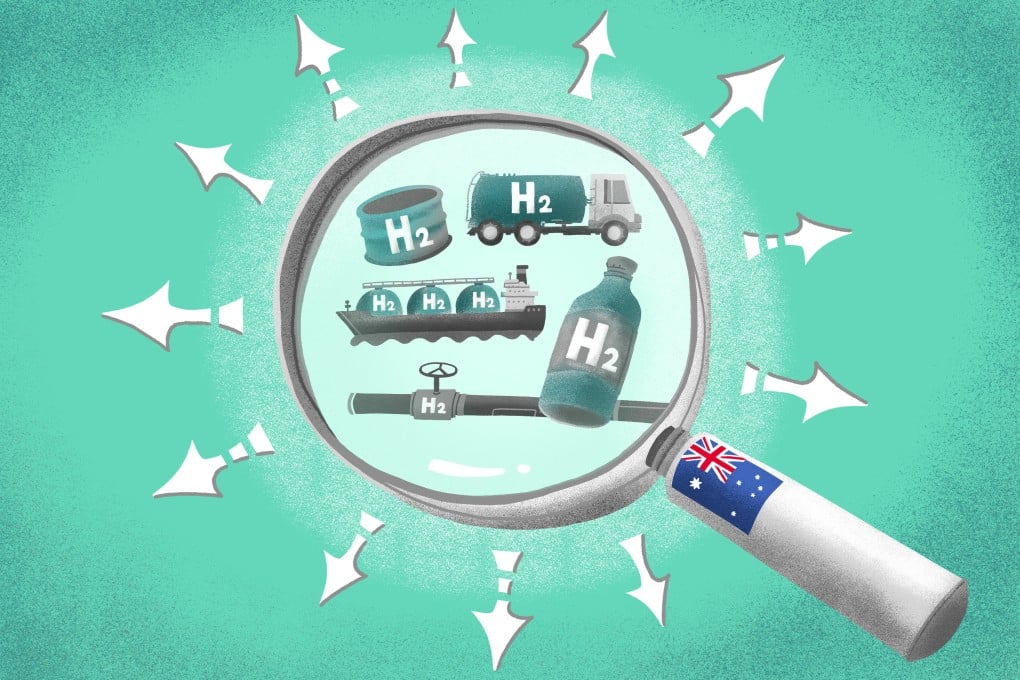Green hydrogen: is this Australia’s breakout moment amid US$127 billion boom down under?
- In the third of a four-part series, Eric Ng and Yujie Xue look at start-ups that are working on creating the infrastructure and technology to take the fuel mainstream

Located 400km north of Alice Springs in central Australia, phase one of the proposed Green Springs project, targeted for completion by 2030, will feature 10 gigawatts (GW) of solar panels, enough to meet the requirements of more than 3 million households.
Some 3,000 sq km of additional land is being acquired in the arid region for subsequent expansion and downstream industries, said James Ieong, co-founder of Climate Impact Corporation, a Darwin-based firm formed in 2022, which is developing the project.
“Australia has plenty of flat terrain and we have the best infrastructure – railways and highways,” said the Hong Kong-based private equity veteran. “The beauty of hydrogen is that it can be reshaped into downstream products needed by different industries.”
